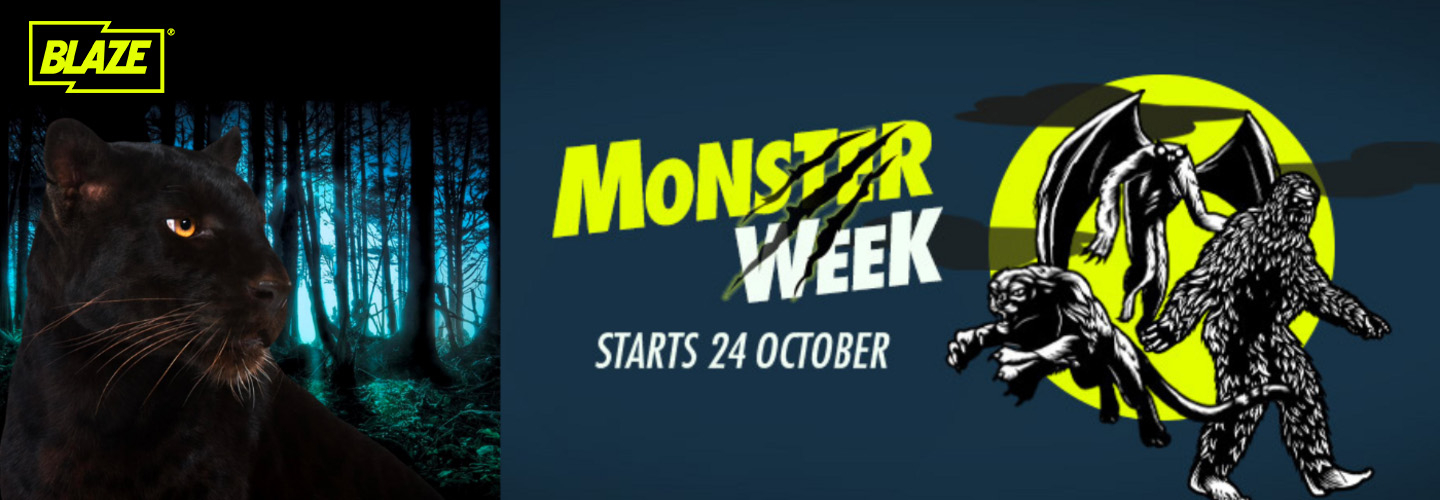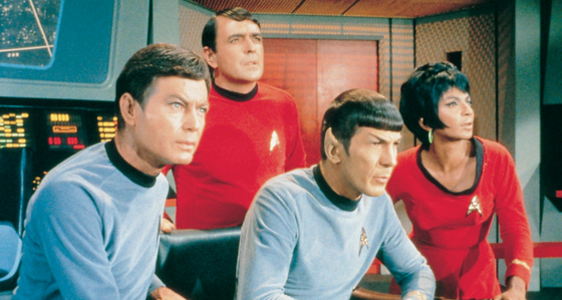
Big Cat expert Rhoda Watkins busts this crazy myth!
1. Could you tell us a little bit about yourself?
I’m a tracker. I studied Zoological conservation management at University, so I’ve got a background in wildlife conservation, but ended up just being a tracker because it’s what I love and I figured out that it was something I was quite good at, so that’s me, basically! I’ve been doing it my whole life anyway, since a little’n, so it was just the easy, natural progression, I think, to go that way.
2. What made you want to explore Big Cats?
You know, I kind of fell into it. Because I was doing tracking, and because I was doing wildlife related conservation things, people started reporting Big Cat sightings, and wanted someone to go out and check to see if there had been a big cat in the area or not. So it started with that, and I just got really curious because before I started getting asked to do this, I didn’t know anything about big cats in the UK, it just wasn’t something that was on my radar at the time. But that was just really fascinating and I ended up investigating lots of sightings, and it became something that was more interesting for me because I spent the first part of my childhood in Africa, and then got to go back again and spend more time there. Big cats were something that I was really passionate about anyway, so to do it here, without having to go to Africa was cool.
3. For me working on a passion project is all about the journey - is that how you’d see it, too? What have been the most notable experiences along the way?
I definitely see it like that, and for me it’s been my whole life’s journey, as a really small child seeing big cats in Africa and then going into wildlife conservation work and studies and then obviously being asked to do this project it was like a culmination of all of the things that I’d done in my life. It was almost like everything had come together into one project. So along the way I’ve just been really lucky to be able to do the things that I love. A high point is definitely exploring the countryside, using cutting edge scientific methods as well to see if we can find anything, that’s really exciting.
4. Where in the UK shows evidence of big cats?
There are sightings over the whole of the UK, so from Cornwall to Scotland there are sightings. Some places seem to be hotspots so you’ll get lots of sightings in one area, then it’ll die down again. I can’t say that there is anywhere in the UK that is not getting big cat sightings. But it doesn’t necessarily mean that there are loads of cats, there could just be one doing the rounds!
5. Can you give us the lowdown on the facts and figures? Should the general public be weary?
It’s difficult because I don’t get all of the reports, but there’s a chap called Rick Minter who is collating all of the sightings for big cats in the UK, so he’d know more about it than me. I really don’t know how many legitimate sightings there are, because a lot of what gets reported is people making mistakes or other people trying to wind us up [laughs].
They’re so shy, any cats that are out there now, they have to be the offspring, they’ve adapted to hunt, their instincts have come back, they’re able to look after themselves in the wild and they don’t need to be near humans anymore, and typically big cats will stay as far away from humans as possible. The predominant species we’ve got here is Leopard, who are in particular extremely shy and elusive creatures…
Kind of like writers, then.
6. Could you tell us about the Beast of Exmoor?
The sightings began in the eighties, and it’s on the episode, we delve into that on Cat Hunters. There were attacks on a farm, lots of sheep were killed. That was the first sighting. And we’ve managed to get quite a big scoop on that because we know exactly where that kind of cat came from, and we know that that cat was real, put it that way. From there, it was obviously in the press a lot, people got really excited because this farmer had lost so many sheep and it was quite brutal, you know, all these pictures of sheep that were killed in the media, and I think that sparked everybody’s interest. And people who’d also seen it began to report it, so I think that the Beat of Exmoor legend started with this very real cat, and then people got a bit frightened. Or on the other hand people got brave enough to report their sightings, because they knew that somebody else had seen it and somebody else had come forward. Some people are worried about their reputations, or worries that people will make fun of them, so I think that the Beast of Exmoor gathered momentum because more and more people were seeing that particular cat, and subsequent cats that were seen afterwards, and there was probably more than one in the area but we know which one started that whole thing up.
7. Have there been any other similar attacks like this since?
That was the big one, really, and my explanation for that would be it was in the eighties, these cats, most of them in that time period (late seventies onward) were released after the dangerous wild animals act came into play, and I think that those cats in particular were looking to humans for food. Because before that they were getting fed sheep in the zoos or the private houses where they were being kept, so it would have been natural really for that cat in particular to go to where there were humans and where there was the food that they were used to eating. Nowadays I rarely hear of any farm animals being attacked, and any cats out there now are clearly much more able to hunt the wildlife that we’ve got.
8. What separates your theory from other urban legends?
It’s the scientific evidence, and we have got actual proof if you look at Professor Andrew Hemmings and the work that he’s doing with the tooth pit analysis, you know, he’s finding bones of animals that have absolutely without question been eaten by big cats. So that evidence brings it into reality in a way.
9. Since we've had so many advancements in film and photography, do you think this could do more damage than good in the search for big cats? And do you get a lot of doctored pictures and videos sent to you?
I think it’s great that everyone has a camera in their pocket, because at least you have an opportunity to capture it if you do see one, but at the same time there has been incidences of people faking CCTV footage, which sort of gives us a bad name in a way because when one person fakes it, other people think everything is fake. And I’ve had people giving me photographs which they’ve photoshopped, and they look really realistic, but there are ways that you can tell. But when those photos go out into the press, and somebody down the line says it's a fake, it just makes a bit of a mockery of the whole thing.
10. Do you ever have moments of doubt?
I am quite sceptical by nature, and I’m really scientific in my approach and I didn’t used to be, I used to just want to believe. So I’d take everything at face value and think yes! There’s another one, that’s great, but now I’m really scientific and quite sceptical about every report that comes in and everything we investigate. But that approach has made me more sure because everything the evidence that is being analysed forensically, and can’t be anything else, really makes me feel certain that I’m doing the right thing and they are here.
11. Do you have any pets yourself?
Two dogs and a cat!
Don't forget to catch Rhoda Watkins in Cat Hunters: The Search For The Beast Of Exmoor premiering on BLAZE on Sunday 30th October, 9pm.
MYTH BUSTER: ARE BIG CATS ALIENS?
The wildest thing I’ve heard is that they’re aliens. I think it was a newspaper article years and years ago that said they come from another planet - Nope! It’s safe to say this is just a myth.
No aliens here, sorry 👽
Tune in to BLAZE for Monster Week from 24th October, and find out more about what's on, including Britain’s Big Cat Mystery premiering on BLAZE on Friday 28th October at 9pm.







